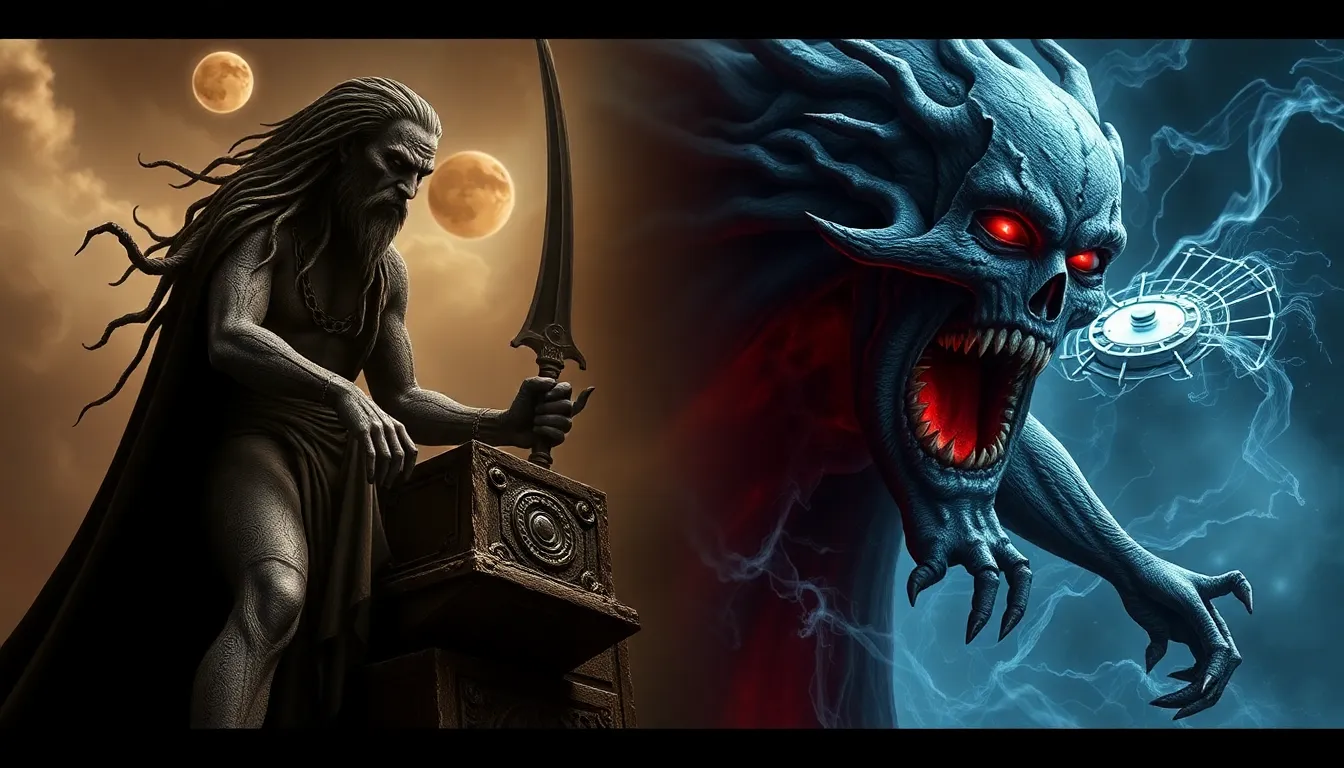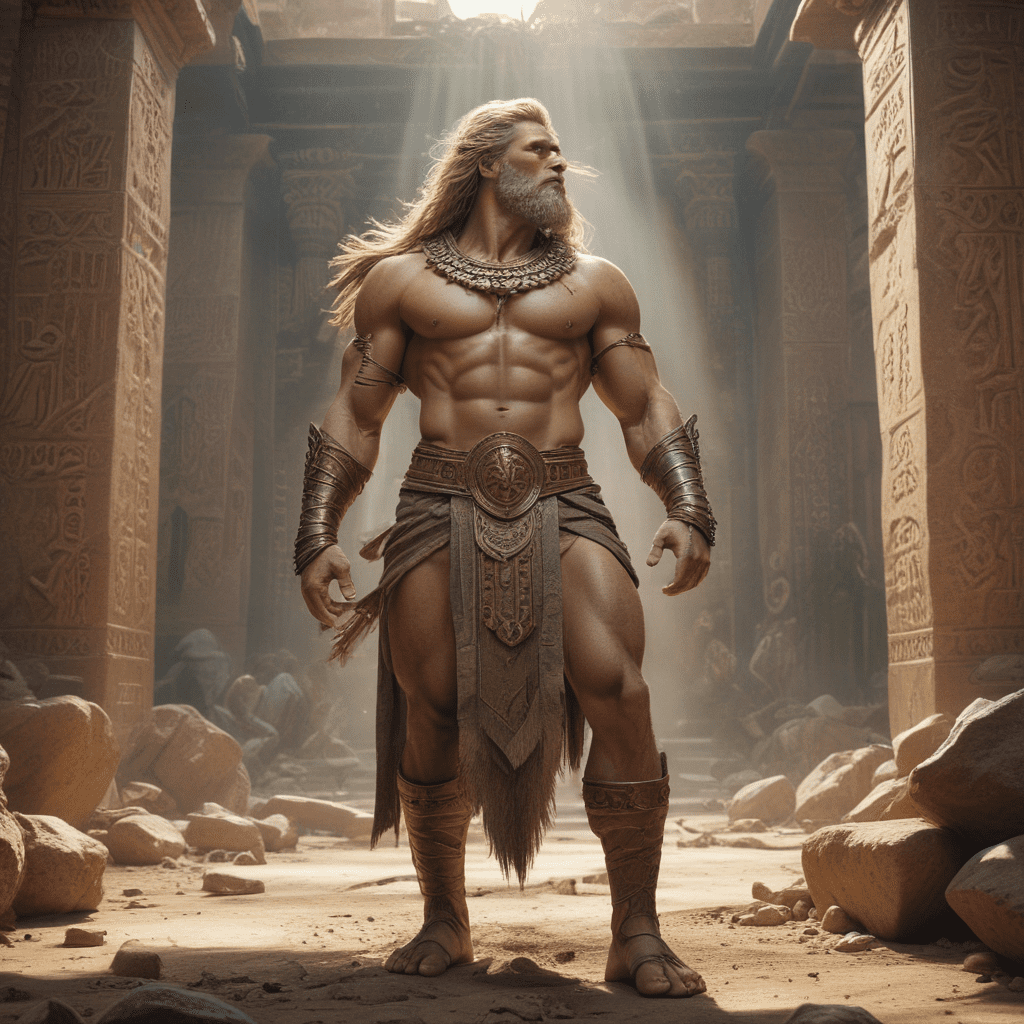From Stone to Flesh: The Most Unbelievable Transformations in Myths
Introduction: The Power of Transformation in Mythology
Transformation is a central theme in mythology, a powerful motif that captures the imagination and reflects the complexities of human experience. Myths often explore the idea of metamorphosis, where entities undergo profound changes, shifting from one form to another, such as from stone to flesh. These transformations highlight the fluidity of identity, the struggle against fate, and the hope for renewal and resurrection.
Across various cultures, the concept of turning stone into flesh embodies both literal and metaphorical meanings. It signifies not only physical change but also emotional and spiritual evolution, illuminating human aspirations, fears, and the quest for understanding the universe.
The Genesis of Transformation Myths
The roots of transformation myths stretch deep into ancient civilizations, where they served to explain the mysteries of life, death, and the natural world. In Mesopotamian and Egyptian cultures, gods and mortals alike experienced transformations that reflected their relationships with the divine and the cosmos.
Early examples include:
- Mesopotamian Myths: The Epic of Gilgamesh features transformations that highlight the hero’s journey and the quest for immortality.
- Egyptian Myths: The story of Osiris, who was resurrected after being transformed into a god, illustrates the cyclical nature of life and death.
Greek Mythology: From Stone to Flesh
Greek mythology is rich with stories of transformation, particularly the metamorphosis of individuals into different forms. Two notable tales are that of Medusa and Pygmalion.
The story of Medusa: Once a beautiful maiden, Medusa was transformed into a Gorgon as punishment by Athena. Her hair became snakes, and her gaze turned men to stone, embodying the theme of transformation as a form of both curse and power.
Pygmalion and Galatea: In this myth, the sculptor Pygmalion falls in love with a statue he carved. His devotion to the statue is so profound that the goddess Aphrodite brings Galatea to life, illustrating the interplay between art and life.
Norse Myths: The Metamorphosis of Gods
Norse mythology also features transformation, particularly through the antics of the trickster god Loki. Loki’s ability to change his form raises questions about identity and deception.
One significant tale involves Loki transforming into a female horse to distract a stallion, resulting in the birth of Sleipnir, the eight-legged horse. This story emphasizes the fluidity of gender and identity in myth.
Additionally, stone trolls in Norse lore are often depicted as beings that turn to stone when exposed to sunlight, symbolizing the transient nature of life and the consequences of one’s actions.
Eastern Myths: Transformation in Asian Legends
In Eastern mythology, transformation is a prominent theme, particularly in stories from Chinese folklore. One of the most famous tales is that of the Monkey King in “Journey to the West.”
The transformation of the Monkey King: Sun Wukong, the Monkey King, possesses the ability to transform into various forms and objects, reflecting the theme of adaptability and the quest for enlightenment.
Another significant myth is that of the stone Buddha, which symbolizes the potential for enlightenment within all beings and the journey from ignorance to wisdom.
Native American Legends: Stone Beings and Flesh Spirits
Many Native American cultures feature stories of transformation that illustrate the connection between the physical and spiritual worlds. The transformation of stone giants into flesh beings is a common theme in tribal folklore, often representing the origins of humanity.
These stories emphasize the relationship between nature and spirit, where stone animals and beings are seen as manifestations of life, capable of transformation through spiritual understanding and respect for the earth.
African Myths: The Stone to Flesh Journey
In African mythology, stone spirits play a vital role, with numerous tales of transformation that reflect cultural values and beliefs. The Dogon and Zulu cultures offer rich narratives that explore the connection between stone and flesh.
Examples include:
- The Dogon myth of the Nommo, water spirits who could transform and shape reality.
- The Zulu story of the creation of humanity from clay, illustrating the transition from inanimate to animate.
Modern Interpretations and Adaptations
The themes of transformation found in ancient myths continue to resonate in contemporary literature and media. Modern adaptations often reinterpret these tales, exploring the implications of identity, change, and the human condition.
Examples include:
- Films like “The Shape of Water,” which delve into themes of love and transformation.
- Books like “The Metamorphosis” by Franz Kafka, which explores alienation and identity through physical transformation.
The Symbolism of Transformation: Life, Death, and Rebirth
The symbolism inherent in transformation myths carries deep philosophical and psychological implications. These stories reflect human experiences of life, death, and rebirth, offering insights into our existence.
Transformation myths serve as metaphors for personal growth, resilience, and the cyclical nature of life. They highlight the struggles and triumphs of individuals as they navigate the complexities of their journeys, resonating with universal themes of hope and renewal.
Conclusion: The Enduring Legacy of Transformation Myths
The theme of transformation, especially the journey from stone to flesh, holds significant importance across cultures. These myths continue to influence modern art, literature, and storytelling, echoing the timeless human quest for meaning and understanding.
As we explore these ancient narratives, we uncover the shared values and experiences that connect us all. The enduring legacy of transformation myths serves as a reminder of our capacity for change, growth, and the eternal search for identity in an ever-evolving world.



